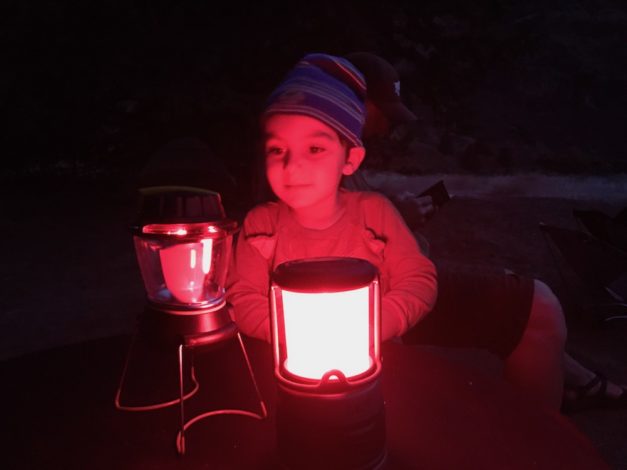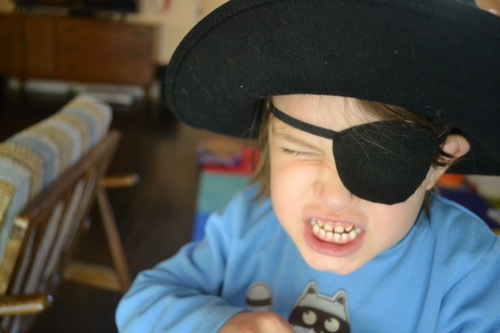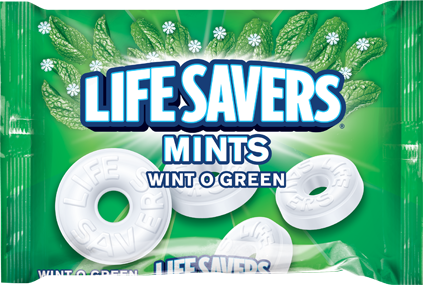The Art of the Night Hike, Courtesy of a former Y camper
You've scouted the trail and picked the perfect night according to weather. Now there's just the children's temperament on that evening, the alignment of the stars and it's time to head into the woods at night with the hope that you'll keep the interest of the munchkin masses.
I imagine that while many of our children are comfortable hiking in the day, some may not be so excited about doing so when they can't see into the woods. This was the case with my outdoor education campers when I used to lead hikes for the Y, so my first order of business was always to assure them that no matter how nervous they (the huddled group of 6th graders) were, any animals that did happen to be nearby were most definitely scared off by the 10-headed, 20-footed, very noisy creature now tramping through their forest. They were just hiding until we passed.
We'd walk a bit, giving them time to loosen their grip on one another, and mention the stars or moon if they were visible. But the real tricks were in my bag.





Here are my favorites:
Drawing
This activity requires supplies to be brought with you. Small paper squares (whatever size you want to carry and have room for in your bag) and crayons (colored pencils work well too, but just not light colors). Break your group into pairs. One person take the paper and writing implement and using their partner's back as a table, they draw what you say. You might say things like, "Draw a sun. Under the sun, make a house. Last, add a flower by the house." They switch and the second person uses the other side of the paper and does the same thing but trying to make it different. "Draw two trees. Now place a hammock between them. Add stars in the sky." This obviously works best with slightly older participants. The sixth and seventh graders would always yell at me about the hammock because very few placed the trees apart from each other. I love it. It added to the discussion about not being able to understand what someone else means by words alone. It also opened discussion about the benefit of having all the instructions before starting a project. Once back to the light of the cars or cabin, examine the pictures and see how different they are. Some will be pretty bad; others will surprise you.
Why Pirates Wear Eye Patches
Have on hand a small candle (a tea light will do and make sure you have a way to light it) or even a small lantern. Nothing too big though; you don't want to blind anyone. Have your group stand in a circle and ask each person to cover one eye with a hand, keeping their eye covered but OPEN. With the other eye, they simply watch you tell a short story. Light the candle or lantern, placing it in the middle of the circle, and tell your story. Any pirate story you like. I always described a pirate raid on another ship in the middle of the night as it correlates to the biology being demonstrated. Be sure it's not too long or hands covering eyes will get tired. If a story isn't quite your thing, a few of these pirate jokes might be just what you need. Once you've finished your story or jokes, blow out your candle. Now, instruct your participants to switch their hands (or eye patches) to the other eye. Their previously covered eye should now be adjusted to the light of the night, allowing them to see better. I'd end with, "Now imagine your band of pirates, boarding a vessel in the night and having no difficulty seeing in the dark. This is why Pirates Wear Eye Patches."
The Disappearing Head
Similar to the eye patch trick, this one is about the biology of your eye. Have partners stand across the path from one another. Tell them to stare at the head of their partner and give a little "ta-da" when "it" happens. They will ask what "it" is. Assure them, they'll know it when it happens. After a few seconds of staring, you should start to hear the "ta-da." Explain, in the absence of enough light to see properly, you brain fills in the blank of what you don't see with what it knows should be there ... the woods (or whatever environment you're in). It looks as though the head of their partner had disappeared.
Sparking Good Time
Have on hand, in your bag, a bag of Wint-O-Green mints. It only works with this particular flavor of Life Savers. Pass them out but instruct the group not to eat them yet. Standing or sitting in a circle (a close circle if the group is small), explain to everyone that this is the ONE time they have permission to chew with their mouths open. (The kids always got a kick out of that.) Not just permission to do so, but the experiment actually depends on it. Once everyone understands that you must chew it and do so with your mouth open, give the go ahead. Everyone pops the candy in their mouth and chews. Look around the circle and you'll see sparks coming from everyone's mouth! Now that everyone has the eyesight of a pirate and minty fresh breath, I'd say the night hike was a success. What are you doing on a night hike that others might enjoy? Leave a comment and let us know. Photo courtesy of Melissa HollingsworthRelated Content




Comments